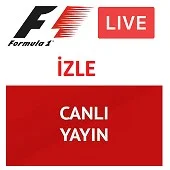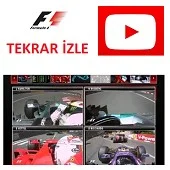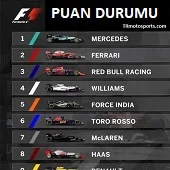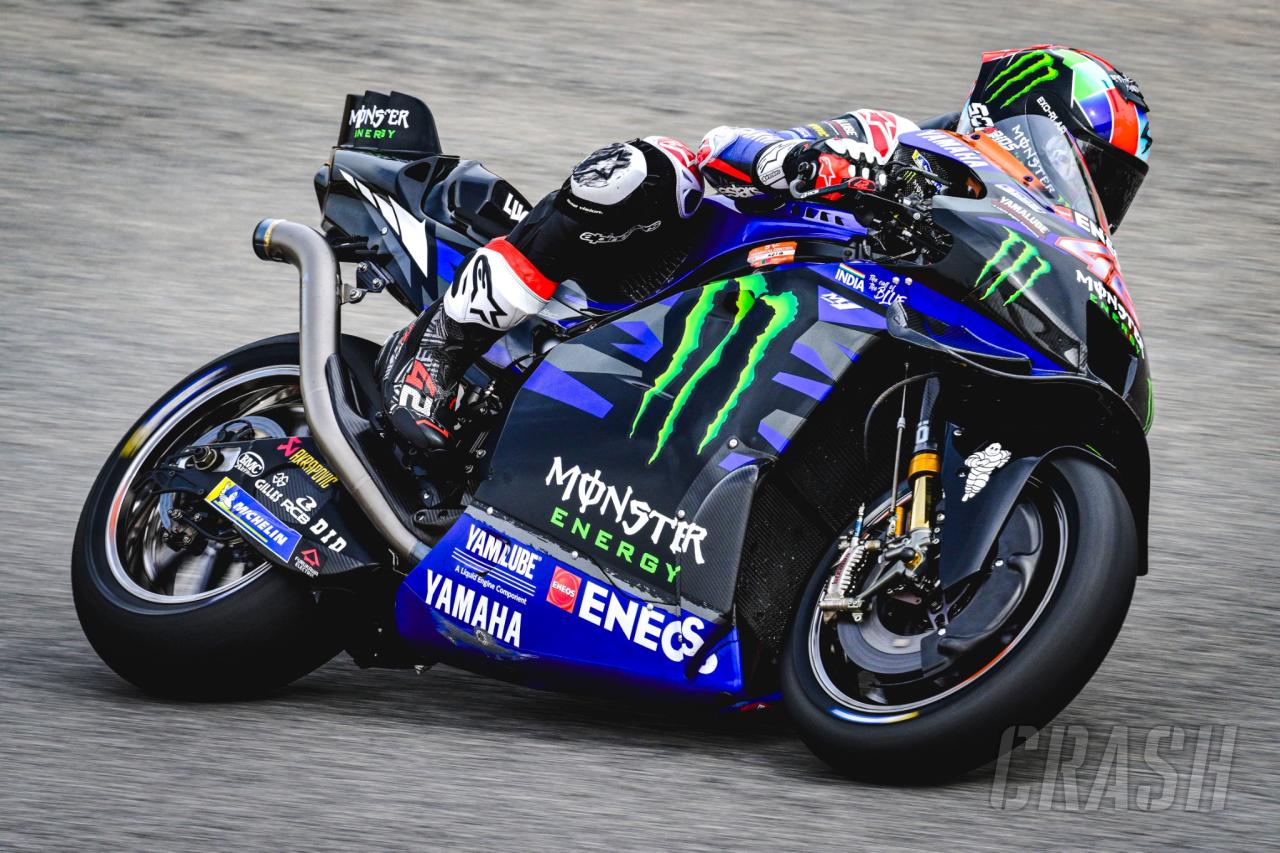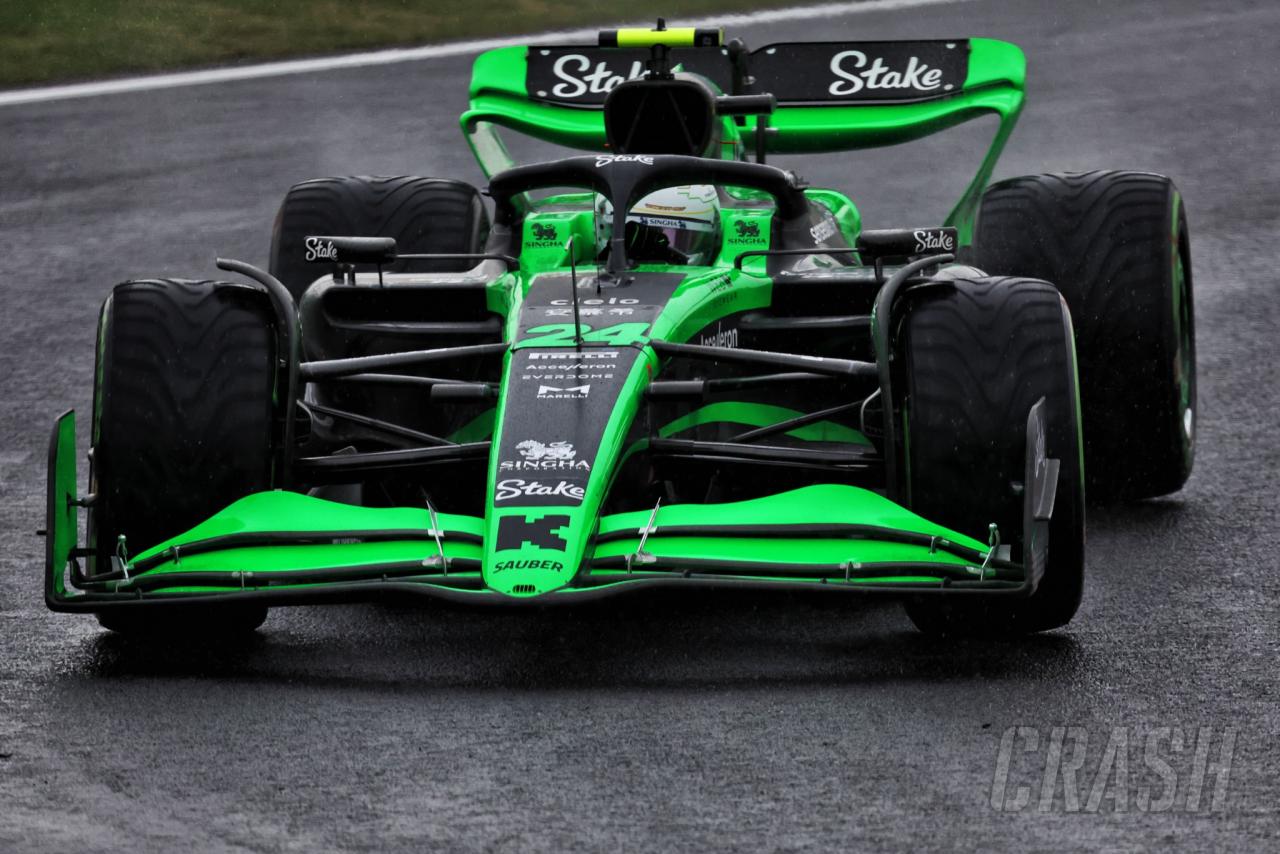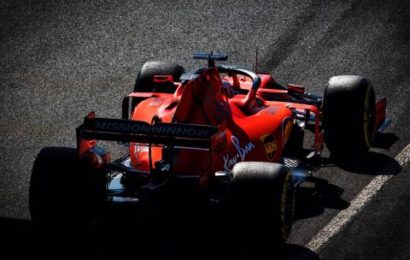
F1 Testing Analysis: Predicting the pecking order
| F1 Live | F1 Replay | F1 Standings |
With eight days of running at the Circuit de Barcelona-Catalunya now in the books, Formula 1’s 2019 pre-season is officially over. Next stop: Melbourne, Australia.
It was tough to gauge where exactly each team stood from the early part of pre-season testing last week, but as the days wore on and attention turned on performance across both qualifying and race distances, some semblance of a pecking order began to shape up.
So just how does the grid appear to be forming heading to the season-opening Australian Grand Prix in two weeks’ time? Here’s an early look at how things are shaping up…
THE BIG THREE REMAINS
Unsurprisingly, the gap between the rest of the field and the ‘big three’ of Mercedes, Ferrari and Red Bull does not appear to have disappeared through the off-season, the trio remaining the teams to beat heading into the new campaign.
None of the three teams can say they had a totally trouble-free test. Ferrari lost a chunk of track time on Wednesday when Sebastian Vettel suffered a wheel rim failure, and had its final day cut short by an electrical issue; Mercedes was in concerning shape at the start of this week; and Red Bull lost the majority of the final day of testing to a gearbox issue, having also experienced mixed fortunes through the second test.
Lewis Hamilton said on Thursday he feared Ferrari could be as much as half a second clear of Mercedes given its impressive pre-season pace, seeming to be a gap greater than one the team had to recover at any point last year. Ferrari chief Mattia Binotto coyly downplayed such suggestions, saying it was “completely wrong” to make such an assertion.
But the numbers do suggest that Ferrari is the team to beat heading to Australia.
Hamilton threw a cat amongst the pigeons with his late qualifying simulations on Friday, completing quick efforts on both the C4 and C5 compound tyres. His lap on the latter put him just three-thousandths of a second shy of Vettel at the top as Mercedes flexed its muscles, having focused chiefly on its long runs through the first seven days of pre-season running. Across a single lap, Mercedes does appear to be well within striking distance if the C5 times are to be take at face value.
The race simulation analysis I wrote on Thursday did signal Ferrari holding an advantage of around four-tenths of a second per lap. Again, this was taking the numbers at face value – but even allowing for fuel and conditions being adjusted, the feeling is that if Charles Leclerc and Valtteri Bottas had been racing each other, Leclerc would have finished comfortably up the road across 66 laps.
Mercedes has managed to dig itself out a hole across the course of this week, making significant progress with its understanding of the Pirelli tyres. The team struggled greatly with front graining and wear earlier in the week, meaning it could not even stick to original strategy plans, but was able to overcome this by the time it had finished its last full race simulations on Thursday. Ferrari still looks strongest over the race runs, but Hamilton’s half a second estimation may be exaggerating the gap slightly.
Red Bull’s test was full of ups and downs. Early confidence in the week disappeared as running wore on as it failed to make the kind of strides Mercedes was able to. The Honda power unit has been reliable, which offers encouragement, but the feeling is that it remains the third-fastest team behind Ferrari and Mercedes.
THE CLOSE MIDFIELD
If anyone was going to make the step towards the leading three teams this year, it would have been Renault – but it proved to be a bridge too far, unsurprisingly.
Renault enjoyed a productive couple of weeks of testing as it split running each day between Daniel Ricciardo and Nico Hulkenberg. The R.S.19 didn’t have the same kind of pace as the leading trio of cars, seeming to struggle at high speed in particular judging by trackside observations. However, it still seems to place Renault as the best of the rest. Hulkenberg finished the final day fourth-fastest, six-tenths back from Vettel’s leading time.
Next up come the two Ferrari-linked teams, Alfa Romeo and Haas. Both cars look very stable under braking in particular – perhaps unsurprising given the influence of Ferrari – and were quick over long runs.
Similar to Ferrari, one of Haas’ biggest concerns will be reliability. The team had a number of stoppages throughout testing, including three on one day in the opening week, and will be keen to avoid a repeat when it counts. It knows all too well from last year just how costly a couple of big results can be come the end of the season…
Alfa Romeo will be fairly pleased with its progress. The team ended 2018 as one of the leading midfield outfits, and looks set to continue that trend in the early part of this year.
If Renault, Haas and Alfa comprise the ‘upper midfield’, then we can look to Toro Rosso, McLaren and Racing Point being the ‘lower midfield’. Toro Rosso and McLaren both turned heads with some of their qualifying runs through this week, ending the final day of running P5 and P6 respectively in the 1m16s thanks to some low fuel outings. In reality, both seem to still need to get to the bottom of some issues on their cars that still looks a little skittish.
Racing Point are off the pace of their midfield rivals, but this is perhaps unsurprising given it has been focusing on sorting an update package for Melbourne, where the car will be a very different animal. Both Sergio Perez and Lance Stroll are pleased with the initial baseline, though, which bodes well for progression as the year wears on.
…AND WILLIAMS
There’s really no getting away from this one. Williams will start 2019 as it finished 2018, firmly rooted at the back of the grid. Paddy Lowe may claim the team was still able to complete its planned testing programme despite the delays in getting its car to testing, but it still is unlikely to have been enough to get close to the midfield runners.
But the team is well aware of this. “I’d be lying if I said we were not the slowest at the moment,” said George Russell after his final run in the FW42 before Melbourne on Thursday. “That is the reality. It is clear we have some work to do, but was very positive is that we made a big step from when I jumped into the car on Tuesday.”
Lowe also said that Kubica – a man who last year said the best thing about the FW41 car was its livery – was much happier with the new car, feeling there was plenty of potential that could be unlocked unlike its predecessor.
The focus for Williams now will be to get back to the UK, complete the inquest into why the delays occurred, and then turn its attention to being in a position to capitalise on any madness that may hit the early races this year.
THE PECKING ORDER
So here we go. After eight days of pre-season running, this is my prediction for how the pecking order stands heading into the start of the 2019 season…
1. Ferrari
2. Mercedes
3. Red Bull
4. Renault
5. Haas
6. Alfa Romeo
7. McLaren
8. Toro Rosso
9. Racing Point
10. Williams
I’d urge caution on Haas/Alfa and McLaren/Toro Rosso, who do seem the closest matched. And the midfield as a whole does not appear to be separated by a great deal.
But in two weeks’ time, we’ll know for real just how F1 2019 is shaping up…
For motorsport news follow TRmotosports on social media.
Facebook: https://www.facebook.com/TRmotosports
Twitter: https://twitter.com/TRmotosports
Instagram: https://instagram.com/trmotosports/
Linkedin: https://www.linkedin.com/company/trmotosports-com
